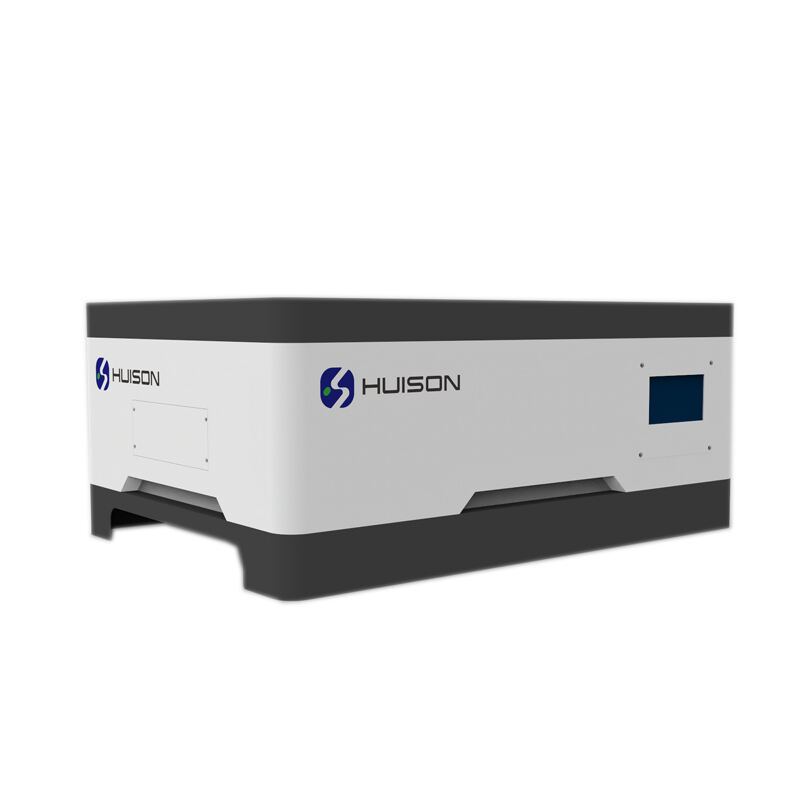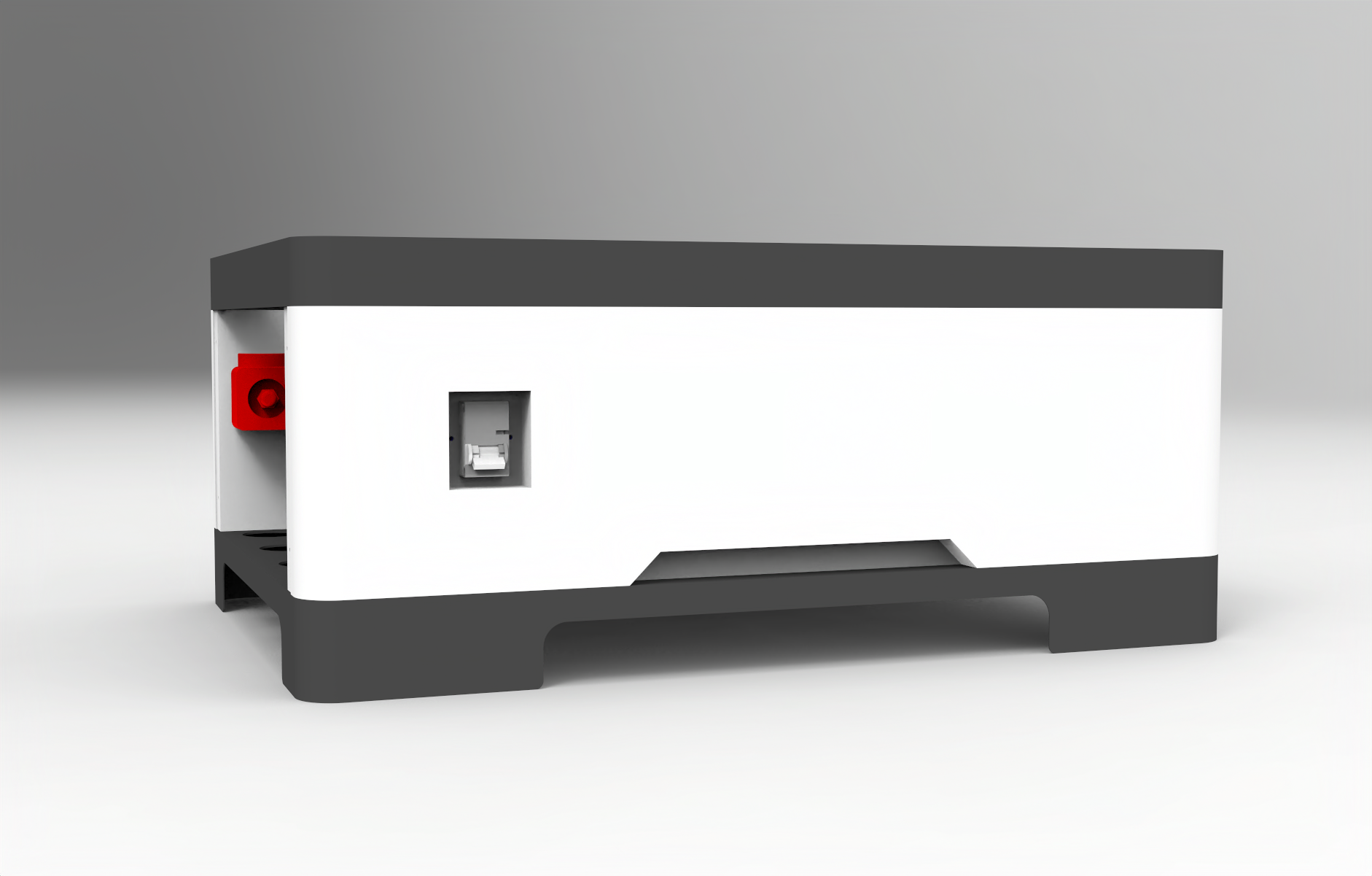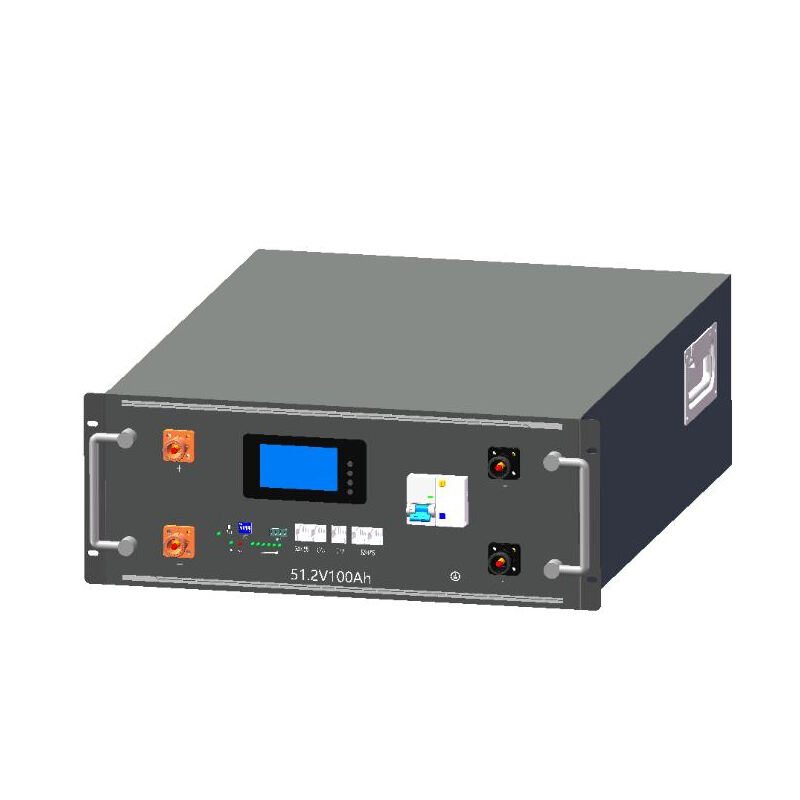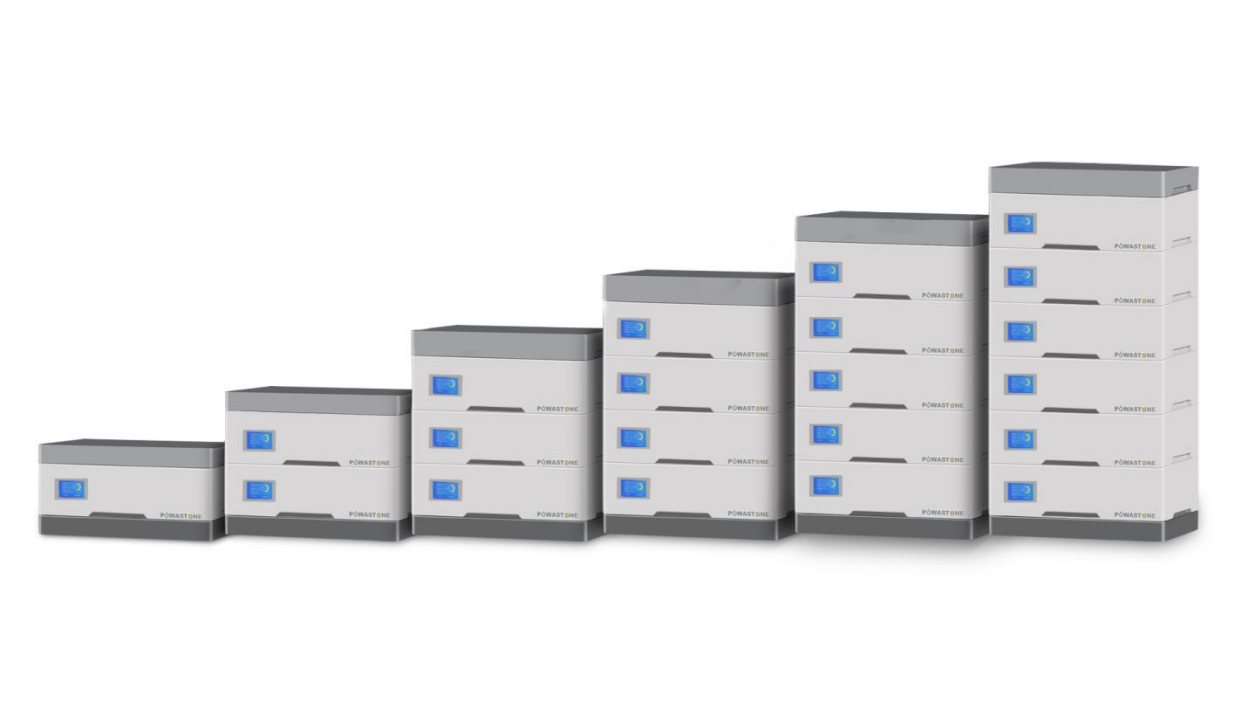What safety measures are needed for high voltage batteries?
Essential Safety Measures for High Voltage Battery Systems: A Comprehensive Guide by Huison Energy
As the global demand for efficient energy storage surges, high voltage battery systems have become indispensable for large-scale industrial and commercial applications, utility projects, and advanced microgrids. These systems, typically operating at voltages exceeding 400V and often reaching 1500V, offer significant advantages in power density and efficiency. However, their immense energy capacity necessitates an uncompromising focus on safety. At Huison Energy, a leader in the research, development, and production of integrated energy storage solutions, we believe that safety is not a feature but the foundational principle of every product we design. This article provides a deep dive into the critical safety measures required for reliable and secure high voltage battery operation.
Understanding the Risks: Why High Voltage Battery Safety is Paramount
High voltage batteries pack a tremendous amount of energy into a compact space. The primary risks associated with them include:
-
Electrical Hazards: The high voltage itself presents a severe risk of electric shock and arc flash incidents, which can cause serious injury or equipment damage.
-
Thermal Runaway: This is a chain reaction within a battery cell that leads to a rapid, uncontrolled increase in temperature and pressure. It can be triggered by overcharging, internal short circuits, mechanical damage, or excessive temperatures. A single cell undergoing thermal runaway can propagate to adjacent cells, potentially leading to a fire.
-
Chemical Hazards: Lithium-ion batteries contain flammable electrolytes. In case of a breach, these chemicals can leak and pose additional fire and environmental risks.
Given these risks, a multi-layered, defense-in-depth safety approach is essential. This philosophy is embedded in every high voltage battery system developed by Huison Energy, ensuring compliance with international standards like UL9540A and IEC62619.
The Multi-Layered Safety Architecture of a Modern High Voltage Battery
A safe high voltage battery system is built on several interconnected layers of protection, from the cell level to the system level.
1. Cell-Level Safety: The First Line of Defense
Safety begins with the quality and intrinsic stability of the individual battery cells. Huison Energy sources and utilizes high-quality lithium-ion and is advancing sodium ion battery technology, which offers inherent safety benefits due to its higher thermal runaway thresholds. Key cell-level considerations include:
-
Cell Chemistry: Selecting chemistries known for stability (e.g., LFP - Lithium Iron Phosphate) is crucial for high voltage applications.
-
Quality Control: Rigorous manufacturing standards prevent internal impurities and defects that could lead to short circuits.
2. Battery Management System (BMS): The Intelligent Guardian
The BMS is the brain of the battery pack and its most critical safety component. For a high voltage battery, the BMS must perform with extreme precision:
-
Over-Voltage and Under-Voltage Protection: It continuously monitors each cell's voltage, preventing charging beyond safe limits or discharging too deeply, both of which can damage cells and cause safety issues.
-
Over-Current Protection: The BMS detects excessive current flow during charging or discharging and will disconnect the battery to prevent overheating.
-
Temperature Monitoring and Management: Sensors throughout the pack feed data to the BMS. If temperatures exceed safe operating ranges, the BMS can activate cooling systems or reduce power output.
-
Cell Balancing: This ensures all cells in the series string charge and discharge uniformly, preventing any single cell from being overstressed—a key factor in preventing thermal runaway.
Huison Energy's advanced BMS technology is designed to provide this granular level of control, forming the core of our high voltage battery safety protocol.
3. System-Level Protections: Physical and Electronic Barriers
Beyond the BMS, additional layers of safety are integrated into the entire energy storage system.
-
Robust Enclosure: The battery modules are housed in an IP-rated enclosure that protects against dust and moisture ingress, and provides mechanical strength to withstand external impacts.
-
Thermal Management System: Passive cooling is often insufficient for high voltage battery packs. Active thermal management systems—either liquid or forced-air cooling—are essential to maintain an optimal temperature range, ensuring efficiency and longevity while mitigating thermal risks.
-
Circuit Breakers and Contactors: These high-voltage components allow for the safe manual and automatic disconnection of the battery from the rest of the system (e.g., the inverters and PV array) in case of a fault or for maintenance.
-
Comprehensive Fusing: Strategically placed fuses provide a final, non-electronic failsafe against catastrophic overcurrent events.
4. Integration with Energy Management System (EMS) and External Safeguards
A truly safe installation integrates the high voltage battery with a broader Energy Management System (EMS) and external safeguards.
-
EMS Integration: The EMS can oversee the entire energy ecosystem, directing the high voltage battery to operate within its safest parameters based on grid conditions, load demands, and environmental factors.
-
Fire Suppression Systems: For large-scale installations, an integrated fire detection and suppression system specifically designed for lithium-ion battery fires is a critical last line of defense. This aligns with the testing requirements of standards like UL9540A.
Huison Energy's Commitment to Certified Safety
For end-users, navigating these complex safety measures can be challenging. This is where choosing a certified and reputable manufacturer becomes paramount. Huison Energy's commitment to safety is demonstrated through our relentless pursuit of international certifications. Our high voltage battery products and systems undergo rigorous third-party testing to achieve certifications such as UL1973, CE, IEC62619, IEC62133, and UN38.3. Our manufacturing processes are also certified under ISO9001, ensuring consistent quality control.
These certifications are not just badges; they are independent verification that our energy storage products—from residential to industrial and commercial scales—are engineered to the highest global safety benchmarks.
Conclusion: Safety as a Synergy of Technology and Vigilance
Ensuring the safety of a high voltage battery system is not about a single component but about the synergy of multiple, redundant layers of protection. It requires excellence in cell chemistry, intelligent BMS design, robust engineering, and seamless system integration. At Huison Energy, we design our high voltage energy storage solutions with this holistic safety philosophy at their core. By adhering to strict international standards and implementing a defense-in-depth architecture, we provide our customers with the confidence to harness the power of advanced energy storage, knowing that safety is our highest priority. When evaluating high voltage battery options, always prioritize solutions that transparently demonstrate this multi-faceted commitment to safety.














